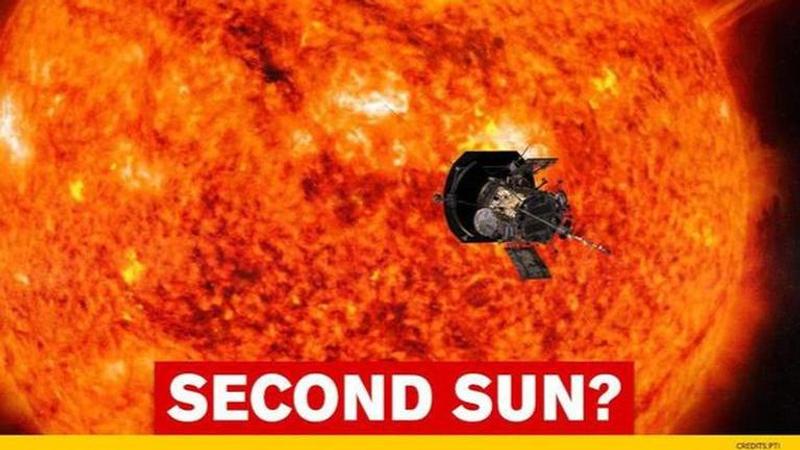Published 07:25 IST, August 23rd 2020
Harvard scientists' new study claims sun once had a binary twin in our solar system
A theory published by the scientists from Harvard University in The Astrophysical Journal Letters proposes that the sun may have a binary twin of similar mass.

A theory published by the scientists from Harvard University in 'The Astrophysical Journal Letters' proposes that the sun may have had a binary twin of similar mass composition in our solar system. If the presence of binary twin of the sun is confirmed then it can increase the likelihood that the Oort cloud was formed as the observed and ninth planet was also captured within the solar system rather than being formed.
Harvard scientists propose existence of sun's binary twin in solar system
In the press release by the Centre of Astrophysics department in Harvard, Dr Avi Loeb, Frank B. Baird Jr. Professor of Science at Harvard, and Amir Siraj, a Harvard undergraduate student said that stars which were formed together with the sun due to the dense gas molecular gas cloud, missing stellar binary companion of the can help to explain the formation of the Oort cloud which exists in our solar system today.
Newly found theory from Harvard suggests the formation of the Oort cloud with debris leftover from the formation of the solar system and its neighbours, where objects were scattered by the planet to great distances, out of which some were exchanged among stars. But, the missing piece from the puzzle could be the lost binary twin. According to Amir, "Previous models have had difficulty producing the expected ratio between scattered disk objects and outer Oort cloud objects. The binary capture model offers significant improvement and refinement, which is seemingly obvious in retrospect: most Sun-like stars are born with binary companions."
If early stellar composition helped in the capturing of Oort cloud, the implications of our understanding of the solar system's formation would be important. Loeb said, "Binary systems are far more efficient at capturing objects than are single stars." He also stated in the press release, "If the Oort cloud formed as observed, it would imply that the Sun did, in fact, have a companion of similar mass that was lost before the Sun left its birth cluster."
The long-lost binary twin can answer many questions
The scientists suggest that the presence of Oort Cloud in our solar system can actually help to answer so many questions about earth's origin. It can help because the objects present in the outer Oort cloud must have had an important role to play in Earth's history such as the presence of water on earth's surface, extinction of the dinosaurs, etc.
The model also has implications for the hypothesized Planet Nine, which Loeb and Siraj believe isn’t alone out there. "The puzzle is not only regarding the Oort clouds, but also extreme trans-Neptunian objects, like the potential Planet Nine," said Loeb. "It is unclear where they came from, and our new model predicts that there should be more objects with a similar orbital orientation to Planet Nine."
If we are to believe that the binary companion of the sun contributed to the formation of the outer solar system, the question, where did it go? Loeb suggests that because of the presence of passing stars in the birth cluster, the binary twin of the sun must have been distanced due to the gravitational influence. "Before the loss of the binary, however, the solar system already would have captured its outer envelope of objects, namely the Oort cloud and the Planet Nine population." Siraj further added that the long-lost twin companion of the sun could now be in Milk Way Galaxy.
Updated 07:25 IST, August 23rd 2020



